 At the end of the year and the beginning of Tet, the San Diu people in Dao Tru commune, Tam Dao district try their best to complete their production work to prepare for Tet and welcome Spring. The traditional customs and practices of Tet are still preserved and maintained by the people here.
At the end of the year and the beginning of Tet, the San Diu people in Dao Tru commune, Tam Dao district try their best to complete their production work to prepare for Tet and welcome Spring. The traditional customs and practices of Tet are still preserved and maintained by the people here.
The custom of pasting red paper on the traditional New Year of the San Diu ethnic group is still preserved by families in Dao Tru commune. Photo: Kim Ly
Dao Tru Commune is one of the localities with a large population of San Diu ethnic people. In the days before Tet, after finishing their farm work, families clean and decorate their houses. On the 23rd of December, families cook sweet soup made from green beans, sticky rice and molasses.
The dish has the yellow color of molasses and the soft, fragrant aroma of sticky rice. The San Diu ethnic group cooks this dish to offer to the ancestral altar. On the last day of the old year, families visit the graves and invite their ancestors to celebrate Tet with their descendants.
The San Diu people have the custom of pasting red paper on their traditional New Year's Day. Mr. Luu Van Sinh, Tan Lap village, Dao Tru commune said: "On the 29th day of Tet, families paste red paper on the altar, in front of the house, the entrance gate and the trees in the house. The meaning of pasting red paper is to signal that Spring has come and to mark the items and objects that belong to the family. Red is also the color of luck, expressing the wish for a happy, prosperous and fulfilling new year."
In addition, on the ancestral altar of the San Diu people, there must be two parallel sentences written in Chinese characters, meaning to pray for a happy and lucky new year.
The cuisine of the San Diu ethnic group on Tet holiday is quite diverse. According to Ms. Tran Thi Hang, Tan Lap village, the Tet feast is carefully prepared by families, including pig's head, chicken, white wine, especially the typical cakes of the San Diu ethnic group such as humpbacked Chung cake, gio cake, and con cake.
All three types of cakes are made from the main ingredient of sticky rice. Banh con is made from sticky rice flour, rolled into balls, put into boiling water until the cake floats on the water surface, then scooped out. Banh chung gu is made from sticky rice, green beans, pork, pepper, wrapped in chit leaves, dong leaves. Banh gio has a beautiful golden brown color, the rice used to make the cake is soaked in ash water from forest trees, when eaten, it is dipped in molasses to enhance the flavor.
San Diu ethnic people in Tan Lap village, Dao Tru commune wrap humpbacked Chung cake and gio cake for Tet. Photo: Kim Ly
On New Year's Eve, families prepare offerings to their ancestors. After the ceremony, family members gather together, drink wine, and eat to celebrate the New Year. Young men and women invite each other to pick the first spring buds to pray for a lucky new year. Women and mothers go to the temple to pray for peace for their families. The San Diu people have a custom of keeping the fire burning on New Year's Eve. The women in the family prepare a large piece of firewood and bring it to the kitchen to burn and keep the embers burning through New Year's Eve until the morning of the first day of Tet with the meaning of praying for all the luck and happiness to continue from one year to the next.
Unlike the Kinh people, San Diu ethnic families do not worship their ancestors on the morning of the first day of Tet but on the morning of the second day. After eating, everyone goes out to wish each other a happy new year. Each person who goes to wish each other a happy new year often brings cakes, candies, jams, banh chung, etc. to give to their parents and relatives.
On this day, family members gather together. At the Tet meal, everyone eats, chats and wishes each other good things in the new year. Old and young, men and women sit by the warm fire together humming rustic, simple, lyrical folk songs praising spring, love for homeland, country, family affection...; men and women send each other sincere feelings through melodious, ups and downs, captivating people's hearts.
From the 3rd day onwards, families choose a good day to hold a thanksgiving ceremony, burn votive paper and remove red paper, signaling that Tet is over and all production activities return to normal.
However, the vibrant atmosphere of the new spring still pervades the villages and hamlets. People organize many folk games and cultural and sports activities such as singing Soong Co, playing slot machines, etc. The customs of Tet are still preserved and promoted by the San Diu ethnic group in modern life, contributing to highlighting the national cultural identity.
Belarus
Source


![[Photo] Prime Minister Pham Minh Chinh attends the groundbreaking ceremony of Trump International Hung Yen Project](https://vphoto.vietnam.vn/thumb/1200x675/vietnam/resource/IMAGE/2025/5/21/ca84b87a74da4cddb2992a86966284cf)
![[Photo] Prime Minister Pham Minh Chinh chairs the Government's special meeting on law-making in May](https://vphoto.vietnam.vn/thumb/1200x675/vietnam/resource/IMAGE/2025/5/22/1c880aae96fd4e0894abc47a46fe19ba)



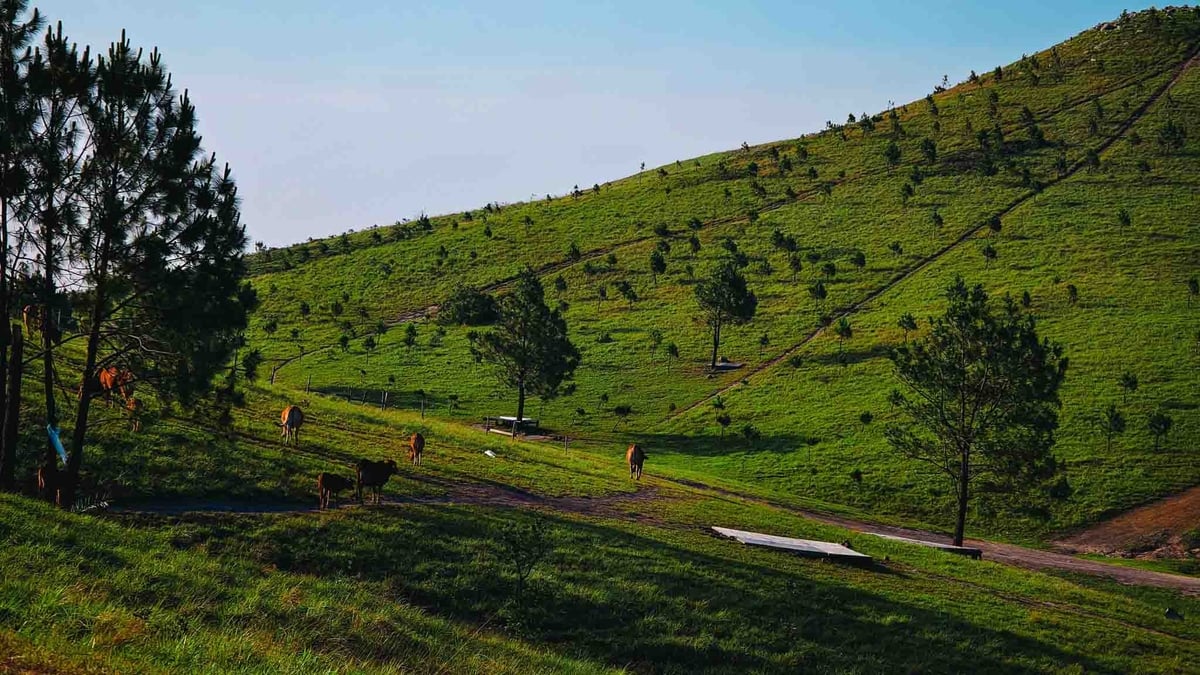
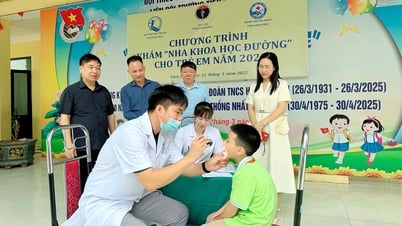


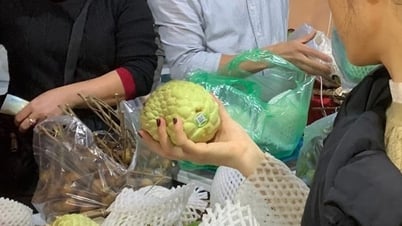
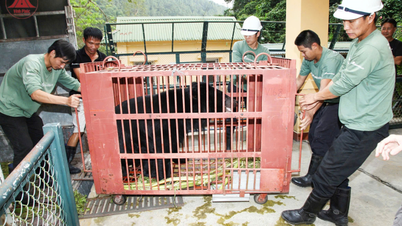

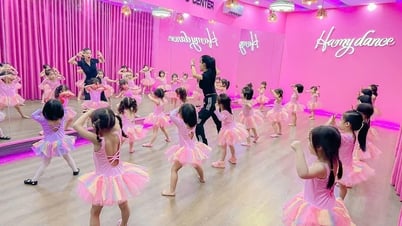




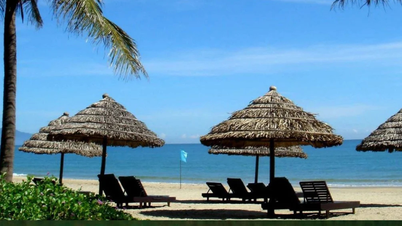


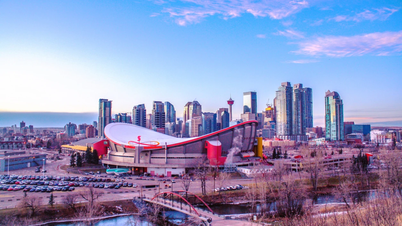
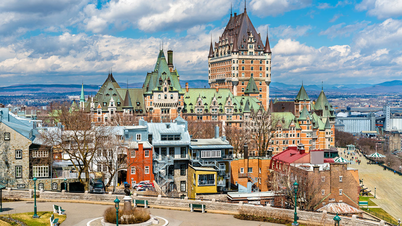



































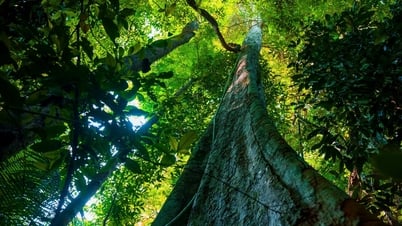



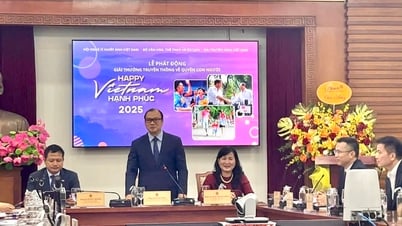


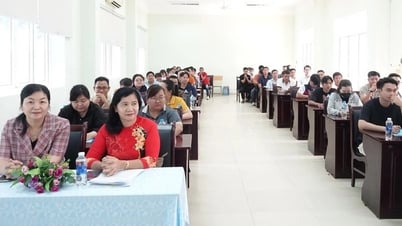


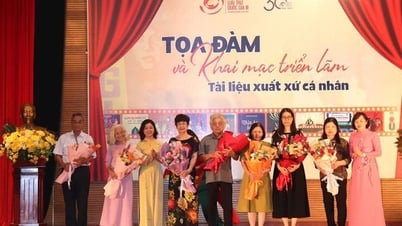

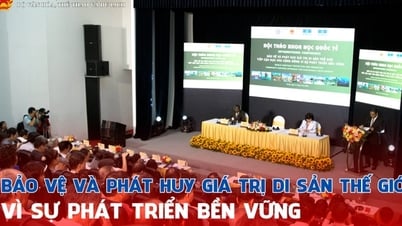
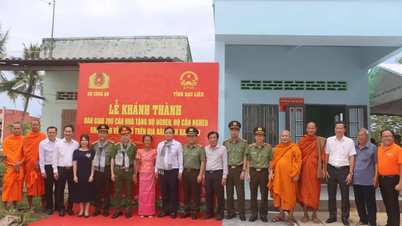

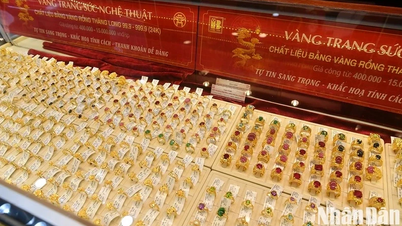
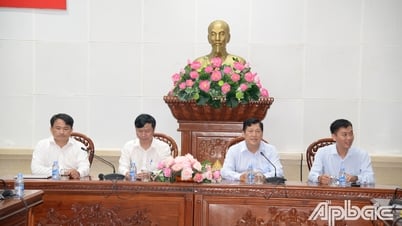

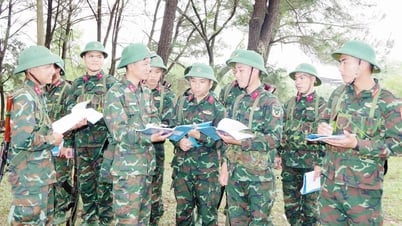

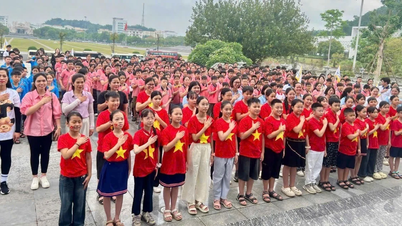









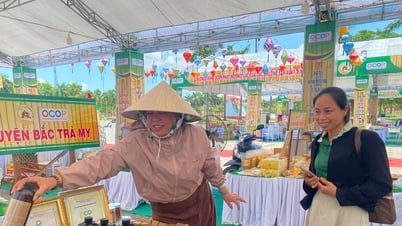



Comment (0)